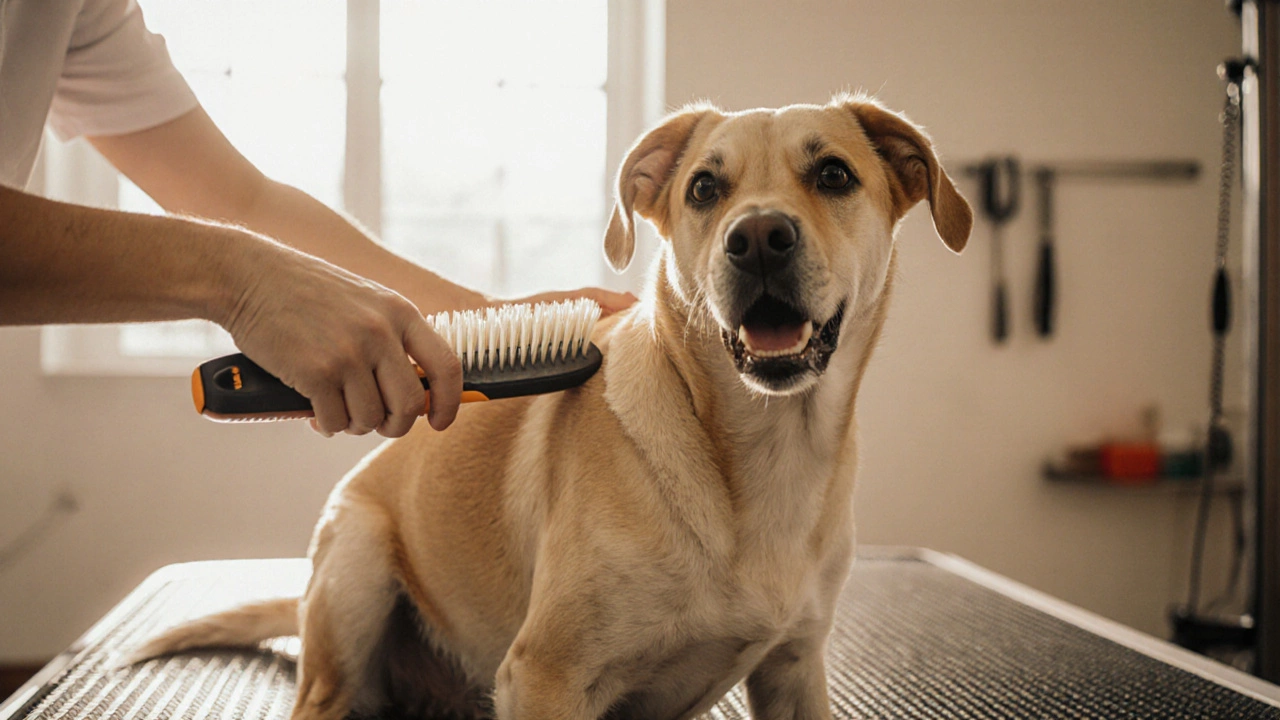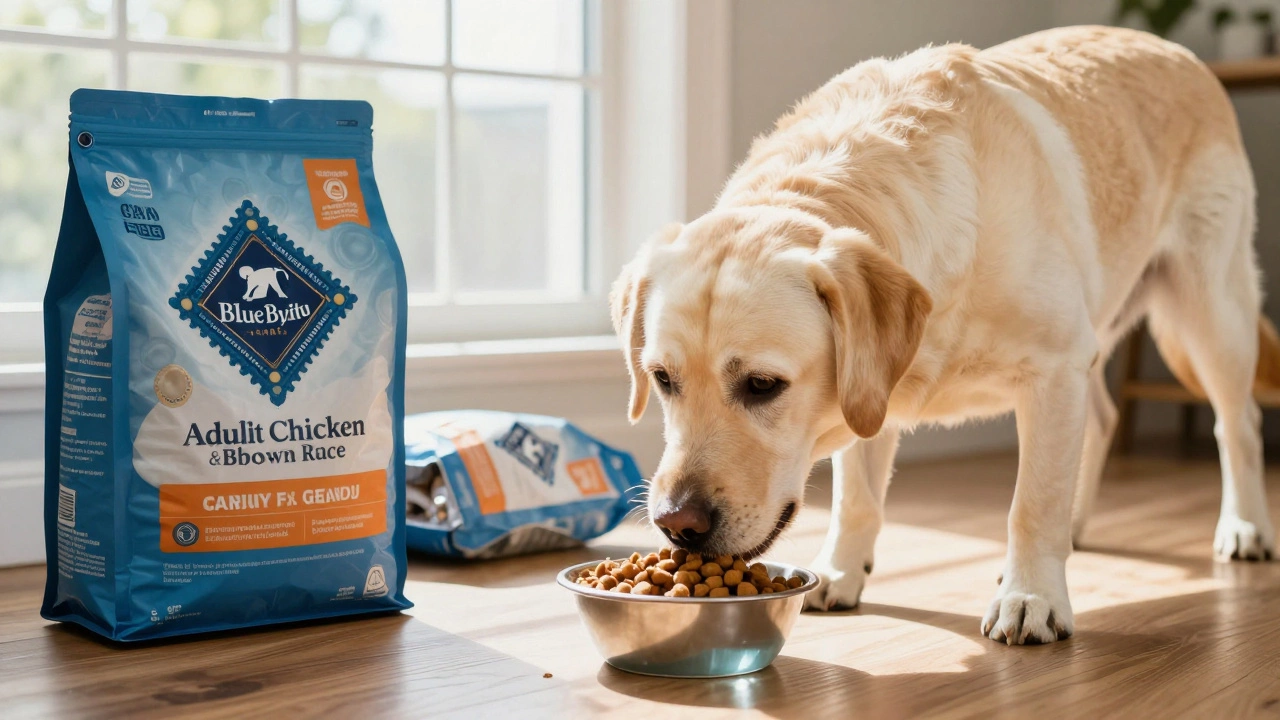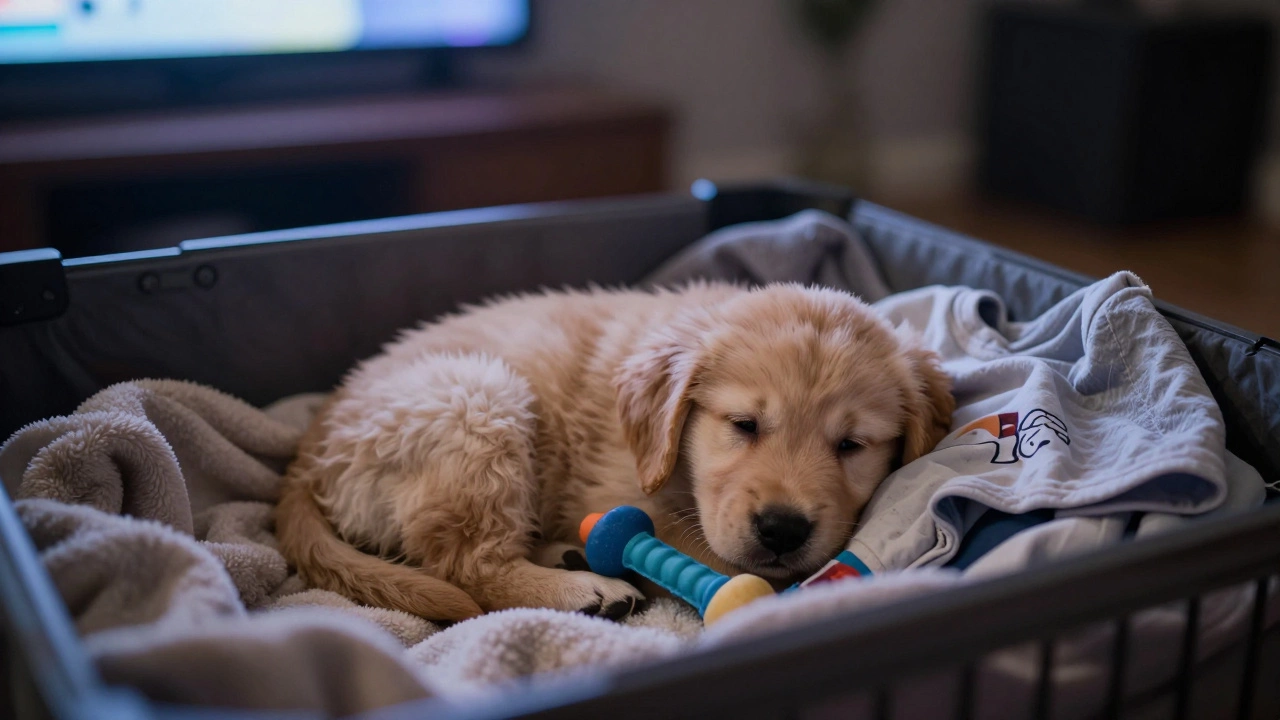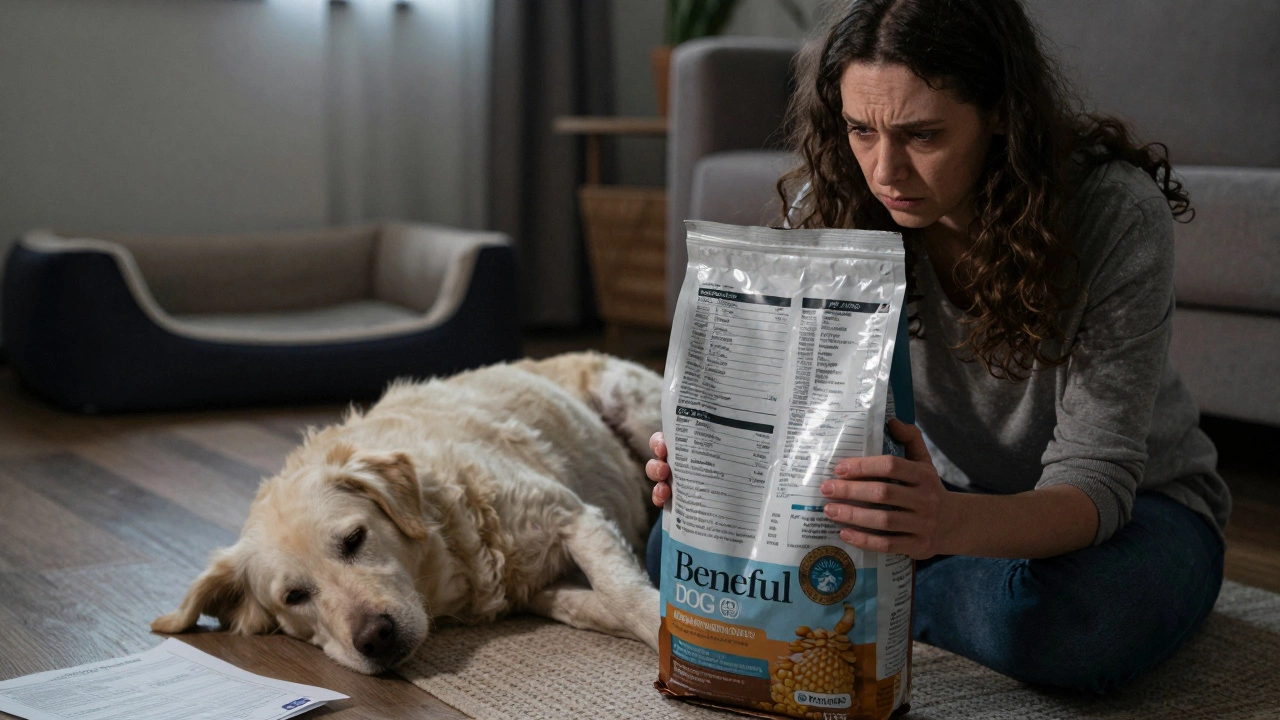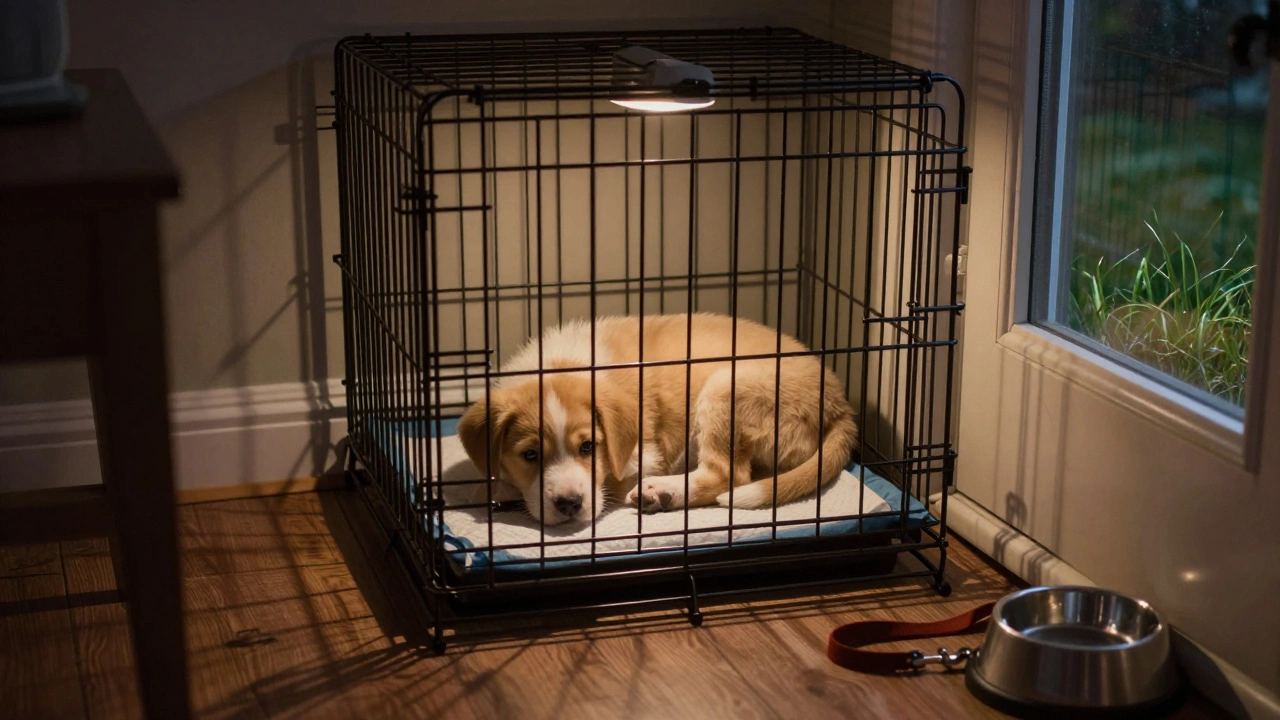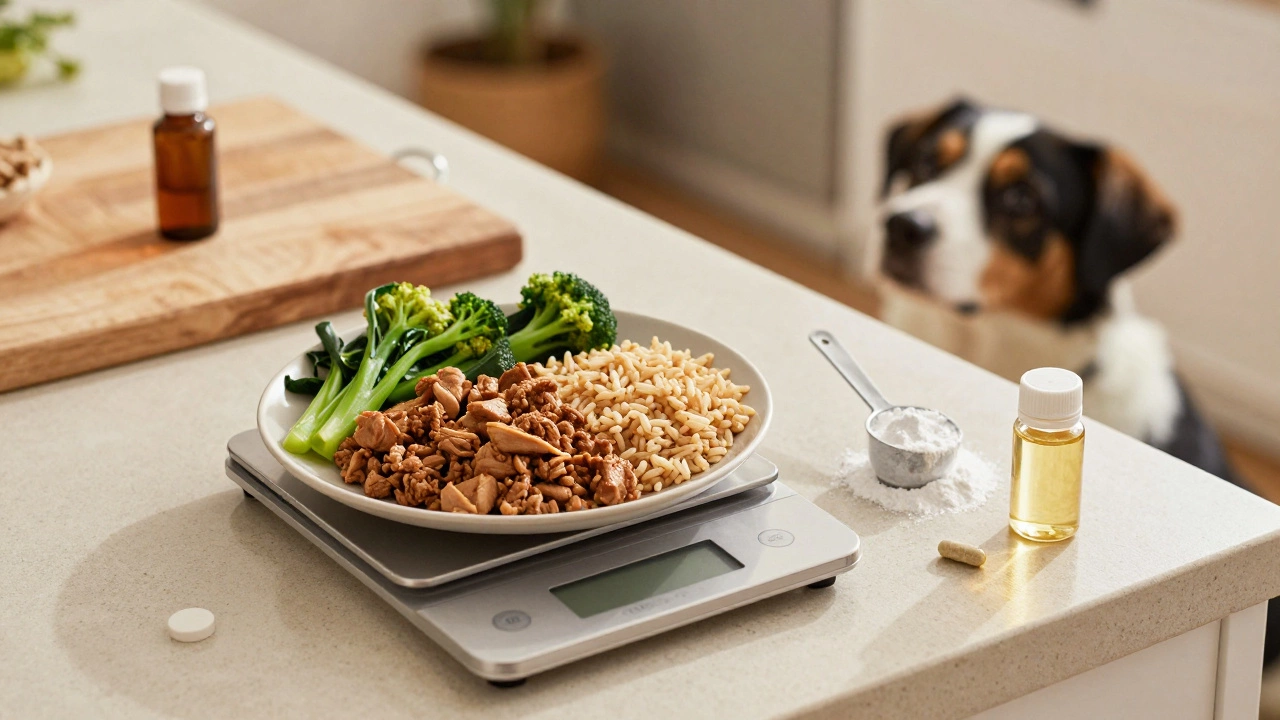Grooming Anxiety: How to Keep Your Dog Calm During Grooming
When working with grooming anxiety, the fear or stress a dog feels during brushing, bathing, or trimming. Also known as pet grooming stress, it can turn a routine visit into a nightmare. Dog grooming is the broader activity that includes washing, nail clipping, and coat maintenance, while calming aids such as pheromone sprays or anxiety wraps are common helpers. Professional groomers often use special tools to reduce tension. Grooming anxiety encompasses fear of loud clippers, unfamiliar touch, and loss of control, which means the problem requires a mix of patience, proper equipment, and soothing techniques. Understanding that anxiety influences both the pet and the groomer helps you pick the right approach before the first brush.
Why Dogs Get Stressed During Grooming
Most dogs see grooming as a sudden invasion of personal space, so grooming tools become the biggest trigger. The vibration of electric clippers, the tug of a brush, or the splash of water can activate a fight‑or‑flight response. When this happens, cortisol spikes, heart rate jumps, and the pup may start shaking or trying to escape. Pet stress isn’t just a mood; it’s a physiological reaction that can make future grooming sessions even harder. That’s why many owners turn to calming aids. A pheromone diffuser or a gentle anxiety wrap can lower the cortisol level, which in turn influences grooming anxiety positively. Moreover, the environment matters—a quiet room, familiar scents, and a calm voice set the stage for a smoother session. If you combine low‑stress tools with a relaxed setting, the dog learns that grooming isn’t a threat, just another part of the day.
Putting the pieces together gives you a clear game plan. First, pick tools designed for sensitive pets: soft‑bristle brushes, low‑noise clippers, and slip‑free grooming tables. Second, introduce each tool slowly—let the dog sniff the brush, hear the clipper from a distance, and get a treat for staying still. Third, use a calming aid before the session; a few drops of a vet‑approved spray or a calming chew can make the difference. Finally, keep sessions short and positive—end with a favorite toy or a walk to reinforce good vibes. When you follow these steps, you’ll notice the dog’s tension easing, the grooming process speeding up, and the whole experience becoming less of a chore for both of you. Below you’ll find a collection of articles that dive deeper into each technique, from choosing the right tools to using specific calming aids, so you can build a stress‑free grooming routine that works for your furry friend.
Do Dogs Cry During Grooming? Understanding the Signs
Learn why dogs may whine or yelp during grooming, how to read their stress signals, and steps to keep grooming calm and safe.

